PP filler masterbatch is a combination of high-quality polypropylene resin and calcium carbonate. PP fillers are widely produced and used in the plastic industry thanks to their excellent cost-effectiveness as well as inheriting the outstanding advantages of traditional plastics such as tensile strength, and flexibility,...
Compared with traditional plastic, filler masterbatch is a new material, born first with the goal of solving the problem of input materials for businesses. Accordingly, despite achieving an impressive growth rate of 15-20%/year within 10 years (2009 - 2019), Vietnam's plastic industry still faces a difficult problem called input materials. According to statistics, each year the plastic industry needs an average of 2-2.5 million tons of raw materials, but 75-80% of them are imported.
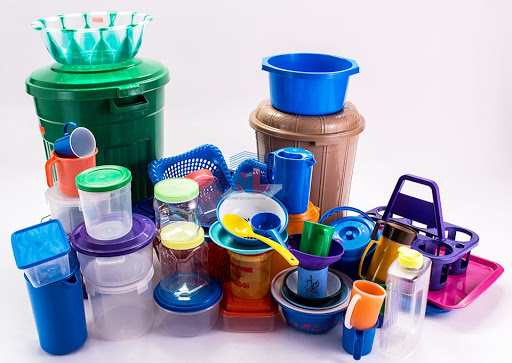
Vietnam's plastic industry depends largely on foreign raw materials. This has placed a huge burden on domestic enterprises because the cost of input materials accounts for 60-70% of the product cost. Importing raw materials not only increases production costs and reduces competitiveness but also makes it difficult for us to take advantage of tax incentives due to constraints on rules of origin and the inability to source raw materials.
As a result, filler masterbatch was born, becoming an effective solution to help businesses solve the problem of raw materials, in which the highlight is PP filler masterbatch.
1. What is PP filler masterbatch? Why do we use it?
Polypropylene (PP) is the most widely used thermoplastic on the market today. With outstanding properties such as good elasticity, anti-deformation, electrical insulation, and especially high transparency, polypropylene is especially used in the packaging industry, and manufacturing household appliances, requiring high aesthetics and durability.
Accordingly, PP filler masterbatch is a combination of high-quality polypropylene (PP) and calcium carbonate (CaCO3) resins (75-80%). Calcium carbonate is a familiar element that makes up the shells of many organisms such as seashells, clams, corals, etc. This material exists in large reserves in the form of thousand-year-old limestone mountains in the North of Vietnam.
 Limestone powder is the main ingredient of PP filler masterbatch
Limestone powder is the main ingredient of PP filler masterbatch
Using calcium carbonate to replace a part of virgin resin can reduce the production costs for businesses (calcium carbonate is an available resource in Vietnam), and completely eliminate additional costs or risks in international transactions. On the other hand, calcium carbonate has a very high melting point (up to 825 degrees Celsius), is non-flammable, has good hardness and high brightness. Therefore, using PP filler helps to improve hardness, and impact resistance, increase heat resistance as well as make the products more transparent.
2. Application of PP filler in the plastic industry
2.1. Non-woven fabrics
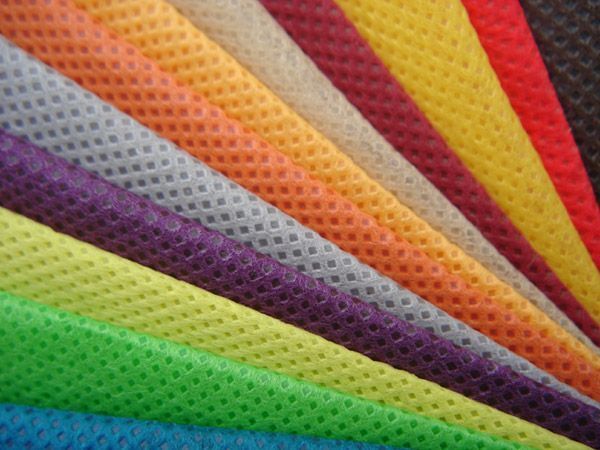
Non-woven fabrics are one of the most prominent applications of PP plastic fillers. The product is made from uncoated, high-fine calcium carbonate powder combined with polypropylene resin and other processing additives. Using PP filler masterbatch for non-woven fabric both ensures high breaking strength and improves the elongation of the product.
2.2. Spinning, weaving
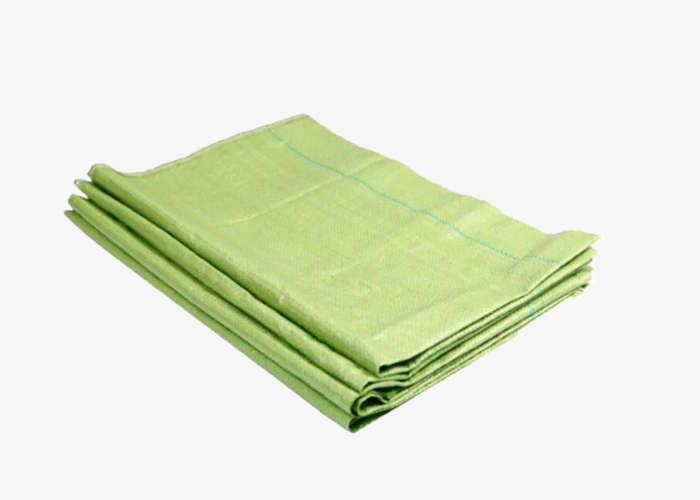
The most important indicator of a jumbo bag is its load capacity. This index is measured by the breaking force and elongation of the yarn. Technically, the tensile strength and elongation of the yarn are determined by the proportion of virgin polypropylene resin in the input material. The higher this ratio, the higher the load capacity of the bag. However, using a large percentage of resin means increasing product costs. Therefore, in order to reduce costs, PP filler is an appropriate choice because it ensures the load-carrying capacity of the bag without affecting the product inside (unlike when using recycled plastic).
2.3. Extrusion, blown film, injection molding
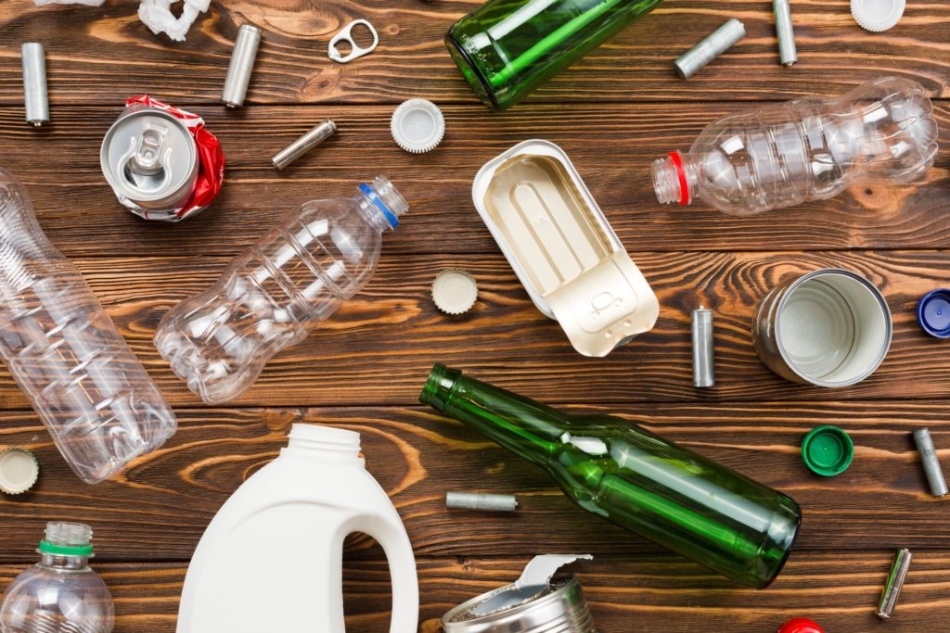
PP filler is also widely used in extrusion, blow film, and injection molding products. The material has the ability to cool faster, thereby increasing extruder productivity, and saving time. Besides, PP fillers also improve the mechanical properties of the finished product, reduce shrinkage, increase hardness and transparency, and most importantly, reduce production costs for businesses.
3. Top 3 leading manufacturers of PP filler masterbatch
You are looking for quality PP filler masterbatch suppliers? Consider the Top 3 experienced PP plastic filler manufacturers trusted by thousands of customers below.
Europe Plastic Company (EuP) was established in 2007. Over the past 13 years of construction and development, it has grown to become the world’s leading filler masterbatch manufacturer. Moreover, EuP has footprint in international markets. A typical example is EuP Egypt - a filler masterbatch production unit under EuP, located at a factory in Egypt. EuP sees EuP Egypt as part of its strategy to expand into international markets, starting with the Middle East and North Africa (MENA) market.
PP filler is one of EuP's flagship products. The product is crystallized from high-quality CaCO3 powder mined in the thousand-year-old limestone mountains in the North of Vietnam and polypropylene plastic. EuroPlas products are specially designed based on customer requirements and end-product characteristics. Each product code will be different in terms of the mass density of stone powder as well as additives to provide perfect materials, and meet the technical and quality requirements for finished products.
Currently, Europe Plastics provide:
| Criterions |
Melt mass flow rate
(230oC/2.16kgs) |
Particle size of CaCO3
(D50) |
Melt temperature |
Bulk density |
Moisture |
Processing temperature |
Usage rate |
| Test methods |
ASTM D 1238 |
Mastersize 2000 |
DSC |
ASTM D 1895 |
ASTM D 644 |
|
on 100% of mixture |
| Unit |
g/10mins |
um |
oC |
g/cm3 |
wt % |
oC |
% |
| EFPP 1001 |
25 +/- 5 |
1:3 |
152 |
1.18 |
|
180:280 |
5:40 |
| EFPP 1002 (With TiO2) |
15 +/- 5 |
1:3 |
152 |
1.2 |
|
180:280 |
5:40 |
| EFPP 1010C |
25 +/- 5 |
1:3 |
152 |
1.15 |
|
180:280 |
5:45 |
| EFPP 1005CN |
45 +/- 5 |
1:3 |
152 |
1.18 |
|
180:280 |
5:45 |
| EFPP 1005BH |
16 +/- 5 |
1:3 |
152 |
1.2 |
|
180:280 |
5:45 |
PolyFill is a supplier specializing in the production of filler masterbatch. The PP filler product from PolyFill is loved due to their meticulous research and production, state-of-the-art product testing and quality control systems as well as high-tech production lines. Currently, PolyFill's products are present in more than 70 countries around the world with an output of more than 150,000 tons/year.
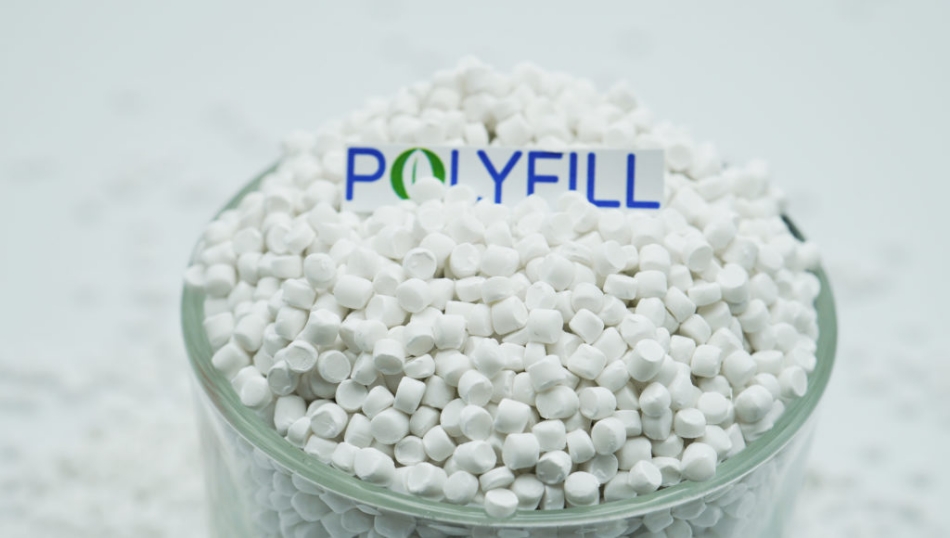 PolyFill specializes in manufacturing filler masterbatch
PolyFill specializes in manufacturing filler masterbatch Abbey Vietnam is a joint venture between Abbey Masterbatch UK and European Plastics Corporation (EuP). After a long period of development, the company has expanded its business from selling black masterbatch to other fields such as filler masterbatch, additives, and compounds. PP filler is also one of the favorite products of Abbey Vietnam. The product is made up of high-quality stone powder and polypropylene plastic, which has wide applications in many industries such as extrusion, blow film, injection molding, non-woven fabric, and spinning woven bags, …